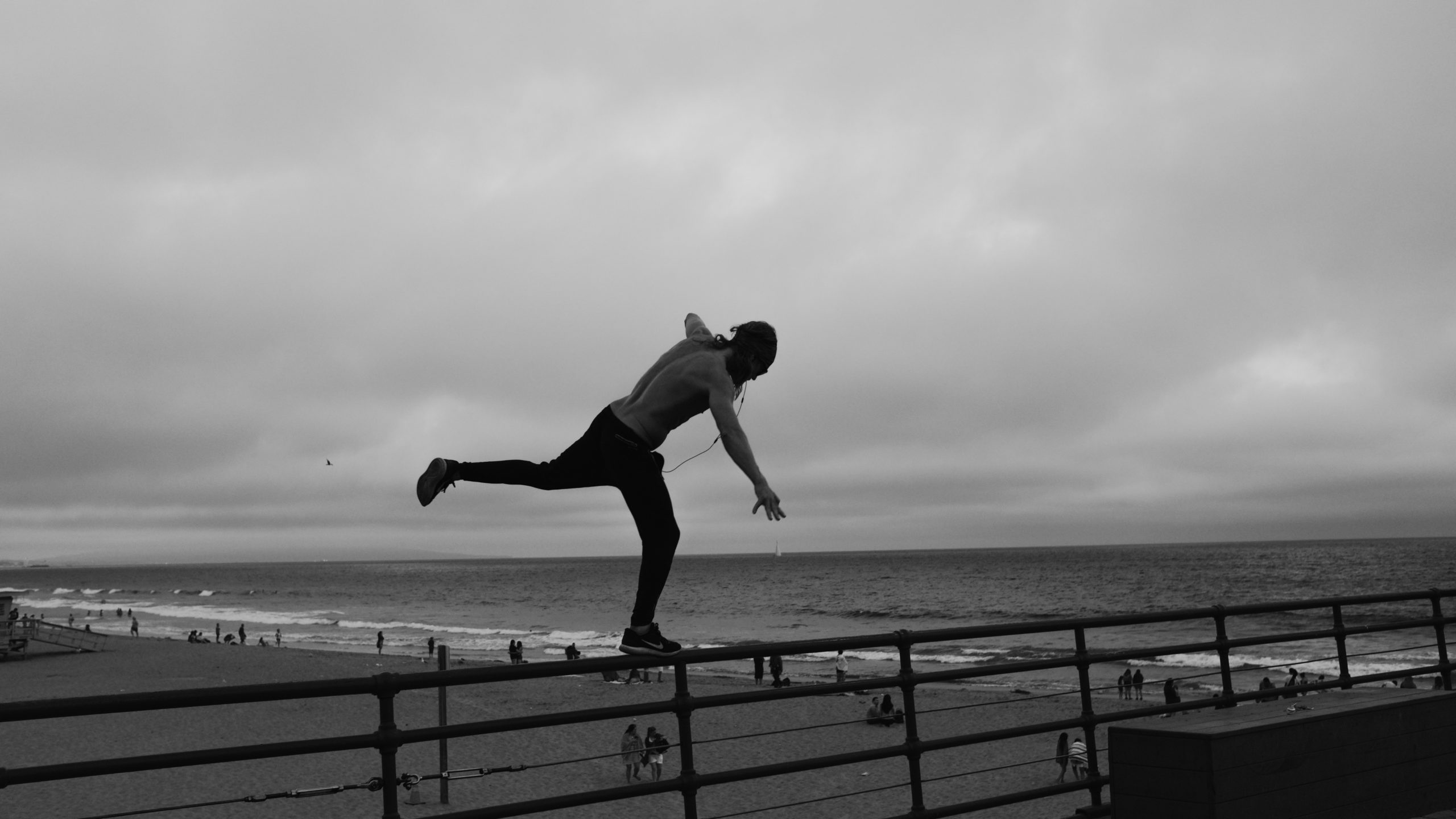What is proprioception and why should I train it?
We’ve all heard of the floating term proprioception, but what does it actually mean? Proprioception this, proprioception that, we could talk all about it and it would still mean nothing.
Continue reading to get a better understanding of what it is!

Here are two definitions of the term ‘proprioception’:
“Proprioception comes from a Latin word meaning unconscious perception of movement. It allows the body to control its position for optimal locomotion. It is carried out by internal sensors such as the muscle spindle stretch receptor and Golgi tendon organ. The vestibular system in the brain is a key component in proprioception and also in maintaining static, mixed, or dynamic balance. Proprioception training improves balancing, movement sensing, and, naturally, proprioception.” – J.L. Taylor, in Encyclopedia of Neuroscience, 2009
“Proprioception, or kinesthesia, is the sense that lets us perceive the location, movement, and action of parts of the body. It encompasses a complex of sensations, including perception of joint position and movement, muscle force, and effort.” – Zsolt Radák, in The Physiology of Physical Training, 2018
What we can learn from here is that proprioception allows us to understand where our body is. There are certain cells (proprioceptors) in our body that tell us when our elbow or knees are about to break. Ligaments are full of these proprioceptors and muscles themselves have stretch receptors that tell us that our knee is on the verge of collapse. We continue to need to strengthen our proprioception because it subconsciously helps us realise when our limbs are in danger. Knowing how to land safely, how to fall, when to bend out knees when we’re getting tackled to minimise damage; all this is proprioception. However, that is only one aspect of considering proprioception. Proprioception also allows us to position ourselves when we are recruiting force. When we’re squatting personal bests and our form is crippling, that is inherently a recruitment of proprioceptors engaging different muscles when certain muscles have hit maximum fatigue. We would not arbitrarily squat with caved knees and a rounded back if we were not tired; in actual fact, that is our body telling us that this (albeit flawed position) is the best position our body can recruit strength. In the same way, if we can correctly train our proprioceptors, then we would optimise kinaesthesia and so forth maintain a better squat position, leading to better squat pb’s (personal best).
So how do we train proprioception?
Proprioception is easily trained through various ways. If you’ve recently had an ACL tear or a cartilage issue, it is important that you get back into retraining those once proprioceptor rich vessels. Therefore, we would strongly encourage firstly basic open chain exercises. When appropriate, basic shoulder and upper arm movements such as shoulder circles and throwing exercises. As for lower limbs, training with a bosu ball, lateral and horizontal plyometrics and single leg holds would place a heavy emphasis on proprioception.
Too long didn’t read:
Why do we train proprioception?
- Allows us to be mindful of our body and joints when unbalanced
- Decreases chances of unwanted ligamentous and fibrocartilage injuries
- Complements kinaesthesia; better detection of motion allowing for better regulation of force output.
- For sportsmen, soccer, basketball and sprinters, would lead to a stronger force generation, faster cutting, higher jumping and faster sprinting.
- If you’re stuck at squatting 100kg, training proprioception or a proprioceptive heavy program for 3 months could lead to breaking pass that 100kg barrier.
For those looking to understand proprioception in more depth and understand the strategies, we would highly recommend seeing our clinic for more guidance.
Written by Joshua Shum Physiotherapist
